Guanidinoacetic acid (GAA) is creatine's immediate precursor that may enhance muscle creatine levels more effectively than creatine alone, but carries potential risks including elevated homocysteine and theoretical neurotoxicity concerns when used alone. These risks are largely mitigated by proper formulation and dosing, such as with CreGAAtine, which uses B-vitamin co-factors to mitigate homocysteine elevation.
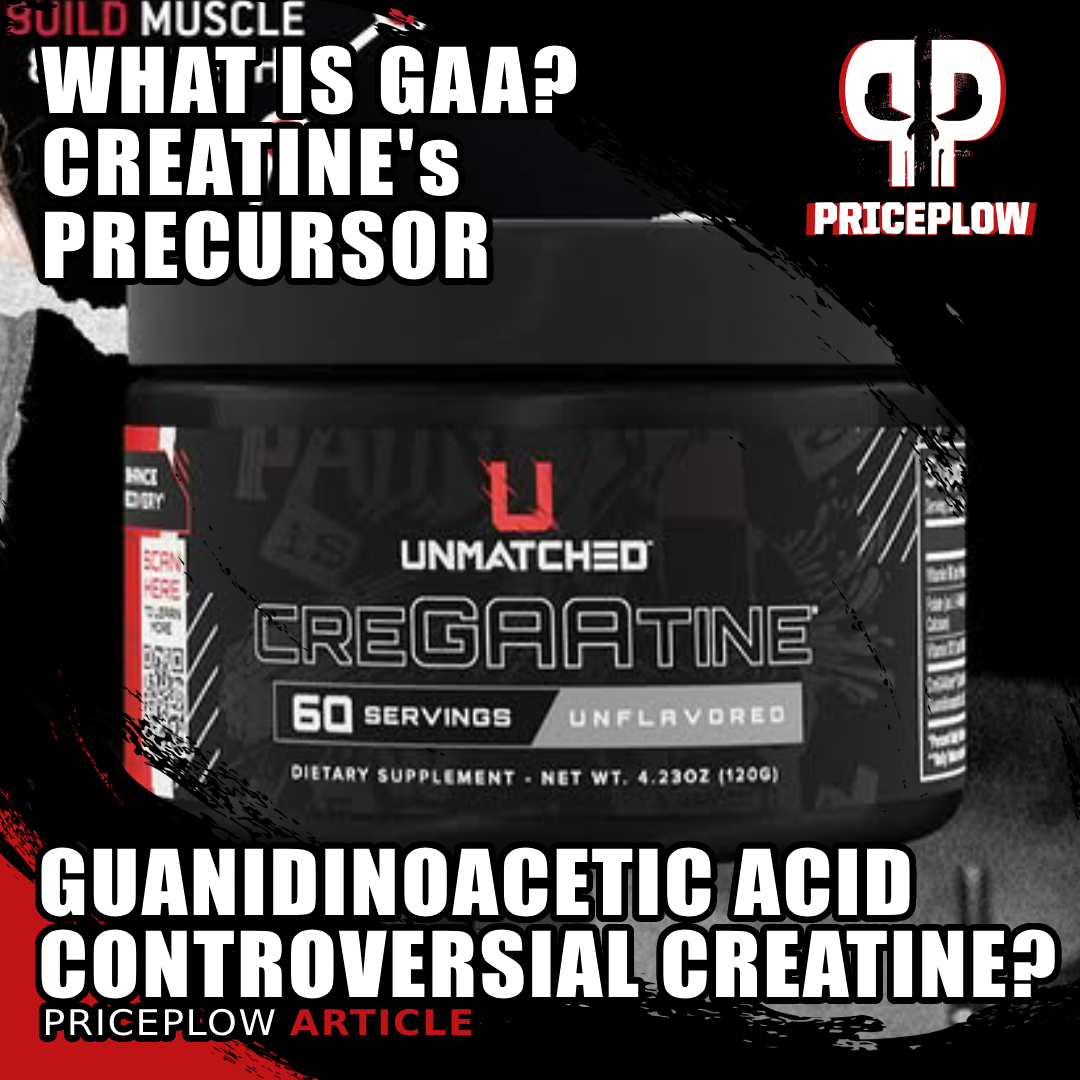
Guanidinoacetic acid (GAA) might deliver creatine to your muscles and brain better than creatine alone - but standalone GAA has risks. CreGAAtine adds B-vitamins to fix the homocysteine issue. Interesting option for advanced users who want to optimize beyond basic creatine.
In the supplement world, precursors sometimes outperform the compounds they're meant to support. Just as citrulline has eclipsed arginine for nitric oxide production, researchers have long asked: could creatine's precursor offer similar or even superior benefits compared to creatine monohydrate?
This in-depth article dives into that very question.
What is Guanidinoacetic Acid (GAA)? Meet Creatine's Precursor
Guanidinoacetic acid (GAA) is the immediate biochemical precursor to creatine. In normal physiology, GAA is synthesized primarily in the kidneys before being transported to the liver for conversion to creatine.
Recent human studies explored in this article suggest supplemental GAA may deliver creatine to muscle and brain tissue more effectively than creatine supplementation alone. However, on its own, GAA supplementation carries some safety considerations -- most notably elevated homocysteine levels and potential neurotoxicity concerns. These have led researchers to investigate whether its benefits justify the additional risks compared to standard creatine monohydrate, and if the industry can work around them to get the best of both worlds.
The FDA's Stance on Standalone GAA: Why NDIN 775 Failed
The supplement industry's first serious attempt to commercialize GAA came in 2012 when German chemical company AlzChem AG submitted New Dietary Ingredient Notification (NDIN) 775 to the FDA.[1] Their proposal notified the FDA about intentions to market standalone GAA at doses up to 4.8 grams daily, primarily targeting athletes and active individuals.
The FDA rejected the application.[2] While the specific safety data remains confidential, the rejection highlighted critical concerns about standalone GAA supplementation. AlzChem's own submission acknowledged the homocysteine elevation problem, recommending co-formulation with choline or betaine and suggesting B-vitamin support "as a supportive measure to optimize vitamin supply." The company's clinical trials showed that GAA alone caused "a moderate but statistically significant increase in plasma homocysteine", which could only be prevented by co-administering methyl donors.
This regulatory setback proved to be a learning moment for the industry. The FDA's rejection essentially provided a roadmap for what a safe GAA formulation could look like: not just GAA alone, but GAA combined with the specific co-factors needed to address its metabolic challenges.
CreGAAtine - The "Fixed" GAA Formula, with Methyl Donors Added
Enter CreGAAtine, a pre-mixed formulation that combines guanidinoacetic acid with creatine monohydrate and targeted B-vitamin co-factors (pyridoxine HCl, L-5-methyltetrahydrofolate, and methylcobalamin). This ingredient blend is a scientifically-targeted approach specifically designed to address the homocysteine concerns that led to the FDA's rejection of standalone GAA in NDIN 775.
This guide and this ingredient is primarily for biohackers and advanced supplement users looking to optimize beyond the basics. After all, creatine monohydrate isn't "broken" for most people -- it remains one of the most effective, well-researched, and cost-effective supplements available. But for those seeking to maximize creatine system enhancement, GAA-based formulations like CreGAAtine represent the next frontier, and the entire story is worth understanding.
Introduced by Unmatched Supps
CreGAAtine was introduced to the dietary supplement space by Unmatched Supplements, founded by industry veterans Kris Gethin and Doug Miller. Unmatched offers both a standalone CreGAAtine product, and also includes 2g of CreGAAtine in their BH2K pre-workout formula, giving users flexibility in how they want to incorporate the methylation-supported GAA-creatine formula into their regimen, if they choose to try it out.
A Disclaimer on Research Diversity
Before diving in, it's worth noting that the vast majority of research comes from a single research group. While the body of work is extensive, peer-reviewed, and consistent, we'd like to see more independent studies to confirm the findings and assess long-term safety. As with all ingredients, broader, multi-center studies would greatly improve industry confidence.
Since the science around GAA continues to evolve rapidly, sign up for our news alerts to stay informed about the latest research, product developments, and safety updates:
Subscribe to PricePlow's Newsletter and Alerts on These Topics
Unmatched Supps CreGAAtine – Deals and Price Drop Alerts
Get Price Alerts
No spam, no scams.
Disclosure: PricePlow relies on pricing from stores with which we have a business relationship. We work hard to keep pricing current, but you may find a better offer.
Posts are sponsored in part by the retailers and/or brands listed on this page.
Creatine's Powerful Precursor: Why GAA is Getting Attention
While creatine monohydrate remains a gold standard supplement, GAA has emerged as a more aggressive alternative that may offer unique advantages in delivering creatine to target tissues. The growing scientific interest stems from accumulating evidence showing superior tissue uptake, enhanced performance outcomes, and novel mechanisms that bypass some limitations of traditional creatine supplementation.
-
Enhanced Creatine Delivery
Here's how GAA and creatine cross into your brain differently. In normal conditions (A), creatine gets through just fine. But when there's a GAMT deficiency (B), guanidinoacetate builds up since it can't convert to creatine – making it a useful alternative delivery method.[3]
GAA's most promising advantage over standard creatine supplementation is its superior muscle and brain creatine accumulation. Head-to-head comparative studies have consistently demonstrated GAA's ability to increase tissue creatine levels more effectively than creatine alone.[4]
The most powerful evidence comes from magnetic resonance spectroscopy (MRS) studies that directly measure tissue creatine content. In healthy men, GAA supplementation produced superior increases in both skeletal muscle and brain creatine compared to equivalent doses of creatine monohydrate.[4] This finding challenged the assumption that creatine's precursor couldn't outperform the end product.
Elderly populations show even more pronounced benefits from GAA supplementation. In a randomized controlled trial, participants (with an average age of 69.6 years) receiving a GAA-creatine combination showed significantly improved brain and muscle creatine levels compared to placebo, with the researchers noting that "the mixture-driven augmentation of creatine levels in the skeletal muscle (also across the brain) in the elderly appears to be superior compared to younger counterparts."[5] This suggests age-specific enhanced responsiveness to GAA, potentially due to lower baseline tissue creatine levels and more favorable transport kinetics in older adults.
-
Performance Benefits
In terms of performance, muscular strength improvements are the most-documented benefit of GAA supplementation. A 6-week study by Ostojic and colleagues demonstrated significant improvements in handgrip strength (approximately 6 kg increase) and muscular endurance in healthy young adults taking GAA compared to placebo.[6]
The performance-enhancing effects appear most pronounced in muscle groups with lower initial strength levels. GAA supplementation improved bench press endurance by up to 8.9 repetitions on average with higher doses, while showing trends toward improved lower body muscle endurance.[6] This pattern suggests GAA may be especially beneficial for individuals with lower baseline fitness levels or underdeveloped muscle groups.
More isn't always better! Different GAA doses produce varying results. Notice how leg press responds differently than bench press to guanidinoacetate supplementation.[7]
Functional mobility benefits extend beyond pure strength measures. In elderly participants, GAA-creatine supplementation significantly improved gait speed, 5-repetition sit-to-stand test performance, and timed up-and-go test results compared to placebo, indicating real-world functional improvements that matter for daily activities.[5]
Synergistic Creatine Inclusion? Upper vs. Lower Body Differences
Remember, CreGAAtine includes both GAA and creatine monohydrate. This approach provides immediate creatine availability while allowing GAA to enhance tissue delivery and provide sustained creatine synthesis. Research has demonstrated that GAA-creatine combinations outperform creatine alone for tissue creatine content, hyperhomocysteinemia prevention, and exercise performance in randomized, double-blind superiority trials.[8]
The performance benefits in this study showed mixed results, however. While the GAA-creatine combination produced superior upper body strength gains (6.0% vs. 5.1% for bench press), it was actually inferior to creatine alone for lower body strength development. Interestingly, the combination also resulted in less weight gain compared to creatine alone (0.7 kg vs. 1.6 kg), which may be advantageous for athletes concerned about water retention.[8] The dual approach optimizes tissue creatine enhancement while addressing the homocysteine elevation concerns associated with GAA alone.
-
Potential Advantages Over Creatine
Although CreGAAtine has both GAA and creatine, earlier research pitted GAA against creatine, which gives some decent data on GAA itself:
-
Better Absorption Profile
GAA demonstrates enhanced gastrointestinal absorption characteristics compared to creatine. Research indicates GAA is "readily absorbed from the gastrointestinal tract and rapidly metabolized to creatine", with single-dose studies showing dose-dependent pharmacokinetics that suggest efficient uptake.[6]
-
Enhanced Transport Mechanisms
At the cellular level, GAA utilizes multiple transport pathways that may overcome some limitations of creatine uptake. While creatine relies primarily on the SLC6A8 creatine transporter, GAA can also utilize the taurine transporter (TauT) for cellular entry.[3] This dual transport capability may allow for continued uptake even when creatine transporters become saturated.
-
Brain Creatine Delivery
GAA doesn't accumulate in your brain tissue over 8 weeks. Both white and grey matter show minimal guanidinoacetate changes, addressing safety concerns.[9]
Perhaps most important is how GAA demonstrates superior brain creatine delivery compared to creatine supplementation alone. The blood-brain barrier presents a significant obstacle to creatine uptake, with research showing that the "BBB has a limited permeability for peripheral creatine" due to the absence of creatine transporters in surrounding cells and restricted diffusion through the extracellular matrix.[3]
GAA seems to bypass some of these limitations through enhanced transport characteristics at the blood-brain barrier. Studies directly measuring brain metabolites have shown that GAA supplementation increases brain creatine levels more effectively than creatine alone, with measurable improvements in multiple brain regions.[10]
Importantly however, GAA does not accumulate in brain tissue at therapeutic doses, addressing safety concerns about potential neurotoxicity discussed in greater detail below. Research using doses up to 60 mg per kg body weight found "no GAA accumulation in the brain of healthy men during 8-week GAA loading", with only mild, transient increases observed during the loading phase.[9]
These findings position GAA not simply as an alternative to creatine, but as a multifaceted compound with unique mechanisms for enhancing both energy metabolism and muscle development. The convergence of superior tissue delivery, performance benefits, and additional molecular mechanisms (detailed in the next section) explains why GAA has captured the attention of researchers and advanced supplement users seeking to optimize beyond traditional approaches.
-
The Science and Mechanisms: How GAA Works
Understanding GAA's mechanisms requires diving into the sophisticated biochemistry that governs creatine synthesis, cellular transport, and methylation pathways. This science explains both GAA's advantages and its potential risks, providing the foundation for CreGAAtine's blend.
GAA's Role in Creatine Synthesis
The two-step creatine biosynthesis pathway is one of the most important energy metabolism systems in the human body. This process requires three amino acids (arginine, glycine, and methionine) and occurs across multiple organs in a carefully coordinated sequence.[11]
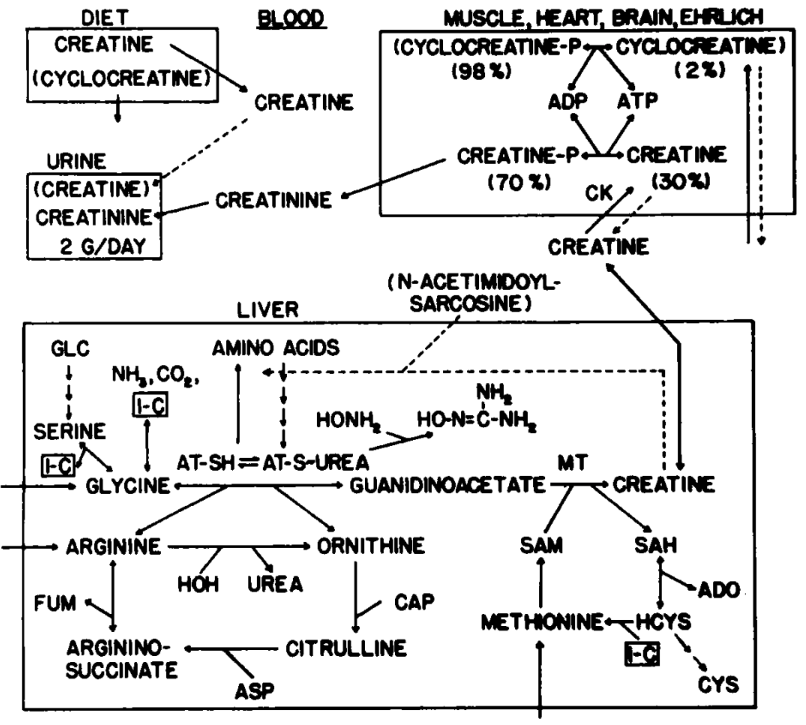
Your body's creatine production is like a complex factory line. GAA is the crucial intermediate step, and this whole process demands methyl donors – why B-vitamins matter![11]
-
Step 1: GAA Formation (AGAT Pathway)
The process begins in the kidneys and pancreas, where the enzyme arginine:glycine amidinotransferase (AGAT) catalyzes the transfer of an amidino group from L-arginine to glycine, producing GAA and L-ornithine.[11] This reaction essentially combines two amino acids to form creatine's immediate precursor.
The tissue-specific distribution of this enzyme is worth mentioning: While most laboratory mammals (rats, mice, dogs, cats, rabbits) lack AGAT in their livers, humans and other primates maintain high AGAT activity in both liver and pancreas.[11] This evolutionary difference may explain some of the species-specific responses to GAA supplementation observed in research.
-
Step 2: Creatine Formation (GAMT Pathway)
GAA then travels via bloodstream transport primarily to the liver, where guanidinoacetate methyltransferase (GAMT) catalyzes the final step: transferring a methyl group from S-adenosylmethionine (SAMe) to GAA, forming creatine and S-adenosylhomocysteine (SAH).[11]
This methylation reaction is metabolically expensive. Research estimates that approximately 40% of all labile methyl groups in the body are used for creatine synthesis through this reaction.[7]
This massive methyl demand explains why GAA supplementation can disrupt methylation balance if not properly supported. Otherwise, GAA may indirectly affect other methylation-dependent pathways like neurotransmitter synthesis or DNA methylation. This adds to the rationale for methyl donor support.
The Homocysteine Connection: Understanding the Risk
Here's where GAA supplementation becomes complex. The S-adenosylhomocysteine (SAH) produced during creatine synthesis doesn't just disappear -- it's hydrolyzed to homocysteine and adenosine.[11] This homocysteine must then be processed through one of two pathways:
- Remethylation pathway: Homocysteine can be converted back to methionine using either:
- 5-methyltetrahydrofolate (requiring vitamin B12 and the enzyme methionine synthase)
- Betaine (via betaine-homocysteine methyltransferase)
- Transsulfuration pathway: Homocysteine can be converted to cysteine through vitamin B6-dependent enzymes (cystathionine β-synthase and cystathionine γ-lyase).[1]
What is homocysteine and why does it matter?
Homocysteine is a sulfur-containing amino acid that occupies a pivotal position in methionine metabolism. While it's a normal metabolic intermediate, elevated plasma homocysteine levels are associated with increased cardiovascular disease risk.[12,13] Meta-analyses have shown that each 5 μmol/L increase in homocysteine concentration increases coronary heart disease risk by approximately 20%, while a 3 μmol/L reduction is associated with 11% lower ischemic heart disease risk and 19% lower stroke risk.[1]
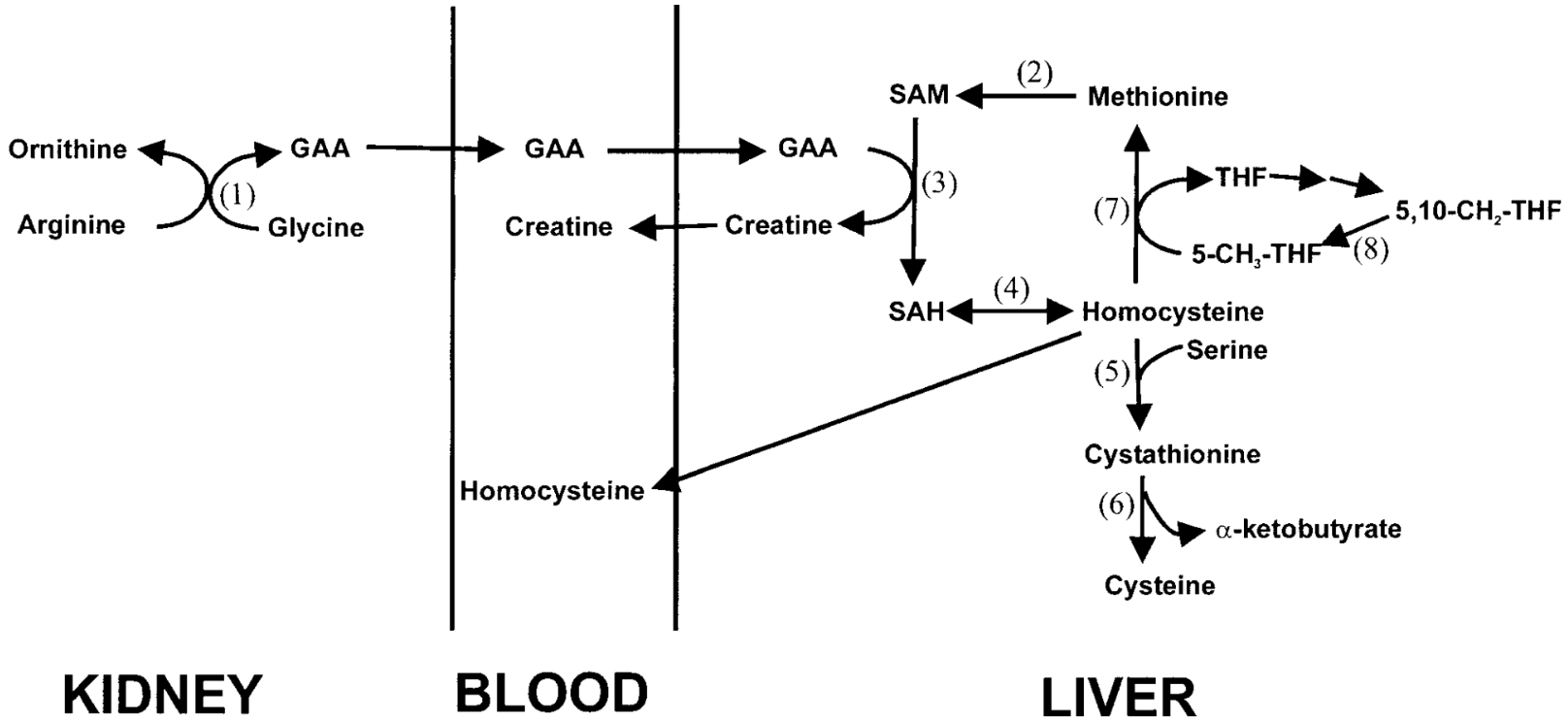
This is why CreGAAtine includes B-vitamins! The GAA to creatine pathway creates homocysteine, which needs proper recycling through methylation.[14]
Normal fasting plasma homocysteine levels range from 5-15 μmol/L, with moderate hyperhomocysteinemia defined as 16-30 μmol/L, intermediate as 31-100 μmol/L, and severe as >100 μmol/L.[1]
When GAA is supplemented without methyl donor support, the increased demand for methylation overwhelms the body's capacity to recycle homocysteine, leading to its accumulation in plasma. Animal studies have shown GAA supplementation can increase plasma homocysteine by approximately 50% compared to controls.[14]
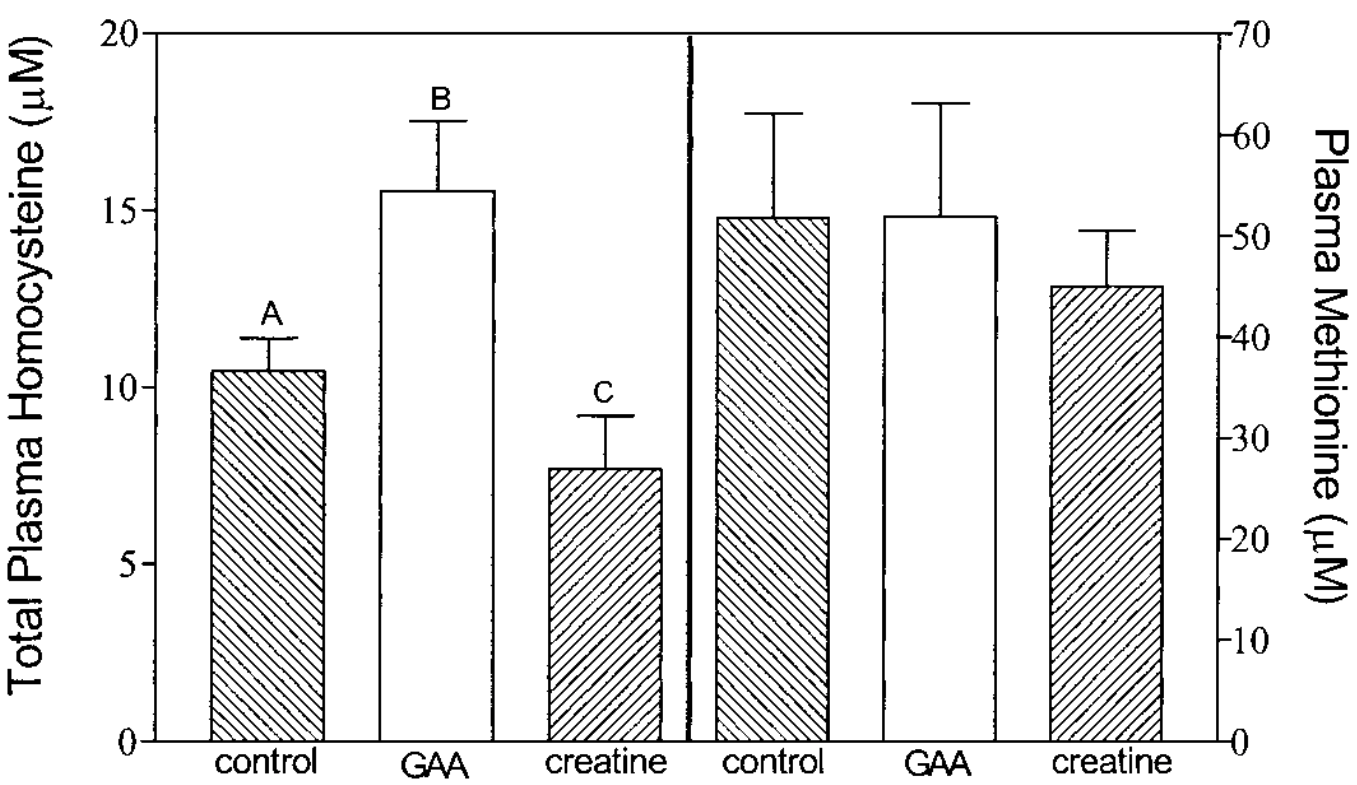
Here's the problem with standalone GAA – it spikes homocysteine levels. Regular creatine actually lowers it, showing why combining them makes sense.[14]
Transport and Bioavailability
GAA's performance stems largely from its enhanced transport characteristics across biological barriers. Understanding these mechanisms explains why GAA can deliver creatine to certain tissues more effectively than creatine itself.
-
Gastrointestinal Absorption
Compared to creatine, GAA demonstrates superior absorption from the gastrointestinal tract. Introduced above, research indicates GAA is "readily absorbed from the gastrointestinal tract and rapidly metabolized to creatine", with single-dose studies showing dose-dependent pharmacokinetics that suggest efficient uptake without saturation at typical supplemental doses.[7]
-
Blood-Brain Barrier Transport
The blood-brain barrier represents a major limitation for creatine delivery to the brain. This barrier consists of tightly connected cells that prevent uncontrolled passage of substances between blood and brain tissue.[3]
While the SLC6A8 creatine transporter is expressed on the blood-brain barrier endothelial cells, it's absent from the surrounding astrocytes that cover more than 98% of the barrier surface, leading to creatine's transport limitations there. This creates a bottleneck where creatine can enter the endothelial cells but has difficulty diffusing through the surrounding tissue to reach brain cells.[3]
Since GAA can use the taurine transporter, too much taurine blocks guanidinoacetate transport. It's like two people trying to use the same door![15]
GAA utilizes dual transport pathways that may overcome these limitations. While GAA can use the same SLC6A8 transporter as creatine, it can also utilize the taurine transporter (TauT) for cellular entry.[15] This dual transport capability provides alternative routes when one pathway becomes saturated.
The transport kinetics favor GAA in certain conditions. While SLC6A8 has a higher affinity for creatine than GAA under normal circumstances, this relationship can shift. The Km for GAA transport is ten times higher than for creatine, meaning GAA transport becomes more competitive when creatine levels are already elevated. This ability to compete for transporter binding becomes advantageous when creatine levels are already elevated, potentially explaining why GAA can continue to enhance tissue creatine when traditional creatine supplementation reaches a plateau.[3]
Both GAA and creatine follow similar uptake curves entering the brain, but guanidinoacetate's dual transport options give it an edge.[15]
In vivo studies demonstrate GAA's brain delivery. Research using intracerebral microinjection and brain efflux measurements found that GAA is transported from the circulating blood across the blood-brain barrier (most likely via the creatine transporter), and elimination of GAA from the brain was negligible, suggesting efficient brain uptake with minimal efflux.[15]
-
Muscle Tissue Transport
Brain barrier cells take up GAA concentration-dependently – more guanidinoacetate means more uptake, up to saturation point.[15]
Skeletal muscle uptake follows similar principles as above, but with some important differences. Muscle tissue expresses high levels of SLC6A8 transporters and contains the GAMT enzyme necessary for local creatine synthesis from GAA.[7] This means GAA can be both transported into muscle cells and converted to creatine locally, potentially providing more efficient creatine delivery than relying on circulating creatine alone.
Individual variation in transporter expression and local enzyme activity may partly explain different responses to GAA, which leads us to our next section:
GAA for Creatine Non-Responders?
Some individuals fail to significantly increase intramuscular creatine levels when taking traditional creatine monohydrate, often due to already-high baseline stores or impaired creatine transporter activity. These so-called "creatine non-responders" are a key target group for GAA consideration.
In a 28-day loading trial, researchers stratified participants based on increases in muscle creatine measured via 1.5T magnetic resonance spectroscopy. Out of 30 individuals:[16]
- 80% responded with >10% increase in muscle creatine,
- 6.6% showed modest gains (5-10%), and
- 13.3% failed to respond meaningfully (<5%)
Interestingly, nonresponders had significantly higher baseline creatine levels, suggesting GAA's benefits may be greatest in individuals with suboptimal creatine saturation (such as vegetarians, older adults, or supplement-naïve populations).
While this study didn't directly compare GAA to creatine monohydrate, the non-responder rate to GAA (13.3%) was lower than what's commonly reported for creatine (20-30%), suggesting that GAA may offer a viable alternative or complement for individuals who struggle to respond to traditional creatine loading. However, direct crossover trials are needed to confirm this hypothesis.
Mechanisms of Action
GAA enhances performance through multiple pathways that extend beyond simple creatine provision. These mechanisms help explain why GAA can sometimes outperform creatine supplementation alone.
-
AGAT/GAMT Pathway Enhancement
GAA flips on the Akt/mTOR pathway – your muscle's master growth switch. Guanidinoacetate supports muscle development beyond just energy provision.[17]
Local tissue creatine synthesis is a key advantage of GAA supplementation. While the liver is the primary site of GAMT activity, this enzyme is also expressed in extrahepatic tissues including muscle, brain, heart, and reproductive organs.[7] In skeletal muscle, GAMT activity has been calculated to have the potential to synthesize all the creatine needed in the tissue.
This distributed synthesis capacity means GAA can be converted to creatine at the site of utilization, potentially bypassing transport limitations that affect circulating creatine. The brain also depends on its own creatine synthesis and expresses both AGAT and GAMT enzymes.[7]
-
Cellular Uptake Mechanisms
Already described above, the SLC6A8 creatine transporter is widely expressed throughout the body in neurons and muscle cells. Moreover, GAA's additional access to the taurine transporter (TauT) provides backup transport capacity.[3]
This becomes especially important in high-demand situations where creatine transporters may become saturated. GAA's ability to utilize alternative transport pathways may allow continued uptake even when traditional creatine transport reaches capacity.
-
Creatine Kinase System Enhancement?
Once inside cells, GAA is converted to creatine, fueling the phosphocreatine energy shuttle powered by creatine kinase enzymes. Unlike dietary creatine, which must be transported into cells and distributed, GAA may support more localized creatine synthesis, potentially improving how efficiently creatine kinase delivers energy at the sites where it's needed most.
-
Molecular pathways: GAA's Direct Effects on Muscle Growth
Getting more advanced, GAA activates the Akt/mTOR/S6K signaling pathway, a crucial regulator of protein synthesis and muscle growth.[17] This suggests GAA may promote muscle development through more pathways than simply its role as a creatine precursor.
GAA also influences myogenic regulatory factors (MRFs), including MyoD, Myf5, myogenin, and MRF4, which control muscle cell differentiation and development.[18] Additionally, in animals, GAA downregulates myostatin, a negative regulator of muscle growth, potentially removing natural brakes on muscle development.[18]
GAA isn't just about creatine! Guanidinoacetate also influences GABA receptors and may support insulin. The numbered steps show why methylation support is crucial.[7]
There are clearly a lot of benefits to consider with this molecule -- so can we work around the methylation / homocysteine concerns?
With an understanding of GAA's mechanisms above, it's easy to see why some advanced supplement users are willing to navigate GAA's complexity for potentially superior results compared to traditional creatine supplementation alone.
However, the mechanisms reveal why standalone GAA supplementation poses metabolic challenges, but leads to solutions in how proper formulation can address these issues.
So now that we understand the risks and benefits of standalone GAA, let's look at what's in CreGAAtine, and see what the latest human data shows in the real world.
CreGAAtine: The "Fixed" GAA Formula
The FDA's 2013 rejection of standalone GAA in NDIN 775 wasn't the end of the story. It was the beginning of a smarter, more sophisticated approach. CreGAAtine is the direct response to the regulatory concerns, combining GAA with the specific co-factors needed to address the homocysteine elevation that derailed the original application.
The B-Vitamin Co-Factor Strategy
CreGAAtine combines GAA with targeted B-vitamins specifically chosen to support the methylation pathways stressed by increased GAA utilization:
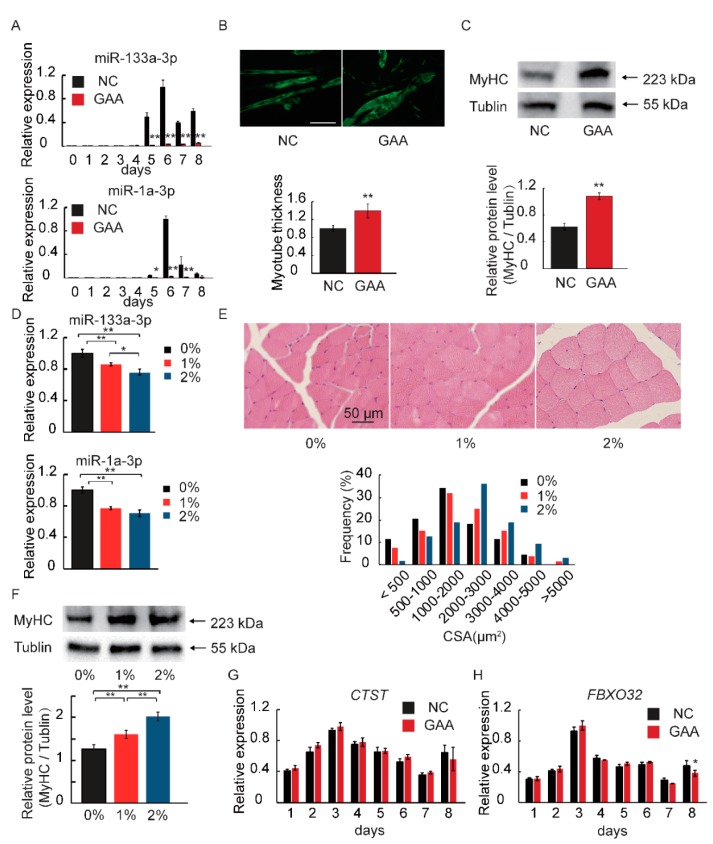
GAA doesn't just provide creatine – it directly affects muscle genes! Guanidinoacetate dials down miR-133a-3p and miR-1a-3p, removing muscle growth brakes.[17]
- Vitamin B6 (Pyridoxine HCl - 600mcg): Essential cofactor for the transsulfuration pathway enzymes that convert homocysteine to cysteine. This provides an alternative disposal route for excess homocysteine generated during GAA methylation.
- Folate (L-5-Methyltetrahydrofolate - 105mcg DFE): The active form of folate that serves as a methyl donor for homocysteine remethylation back to methionine. This supports the recycling of homocysteine rather than its accumulation. Note that using the active folate form bypasses potential issues with MTHFR genetic variants that affect folate metabolism, ensuring reliable homocysteine recycling capacity.
- Vitamin B12 (Methylcobalamin - 1.5mcg): Required cofactor for methionine synthase, the enzyme that uses 5-methyltetrahydrofolate to remethylate homocysteine to methionine. This completes the methylation cycle and prevents homocysteine buildup.
Together, these three B-vitamins support both homocysteine recycling and disposal, helping keep levels safely in check.
This approach differs from earlier research strategies that used betaine or choline as primary methyl donors. Animal studies demonstrated that these compounds could prevent GAA-induced hyperhomocysteinemia, with dietary supplementation of 0.25% or 0.5% choline bitartrate effectively suppressing homocysteine elevation in rats fed GAA-supplemented diets.[19] However, the B-vitamin approach offers several advantages, including better tolerability, more precise dosing, and compatibility with existing supplement formulations. It's useful that most pre-workouts on the market already contain betaine and choline sources!
Does Addressing the Homocysteine Problem Work?
The earliest evidence for CreGAAtine's "fixed" approach comes from the landmark 2013 study comparing GAA alone versus GAA with methyl donors. This randomized, double-blind trial gave twenty healthy volunteers either 2.4 grams of GAA daily or the same dose combined with betaine, vitamin B6, B12, and folic acid for eight weeks.[20]
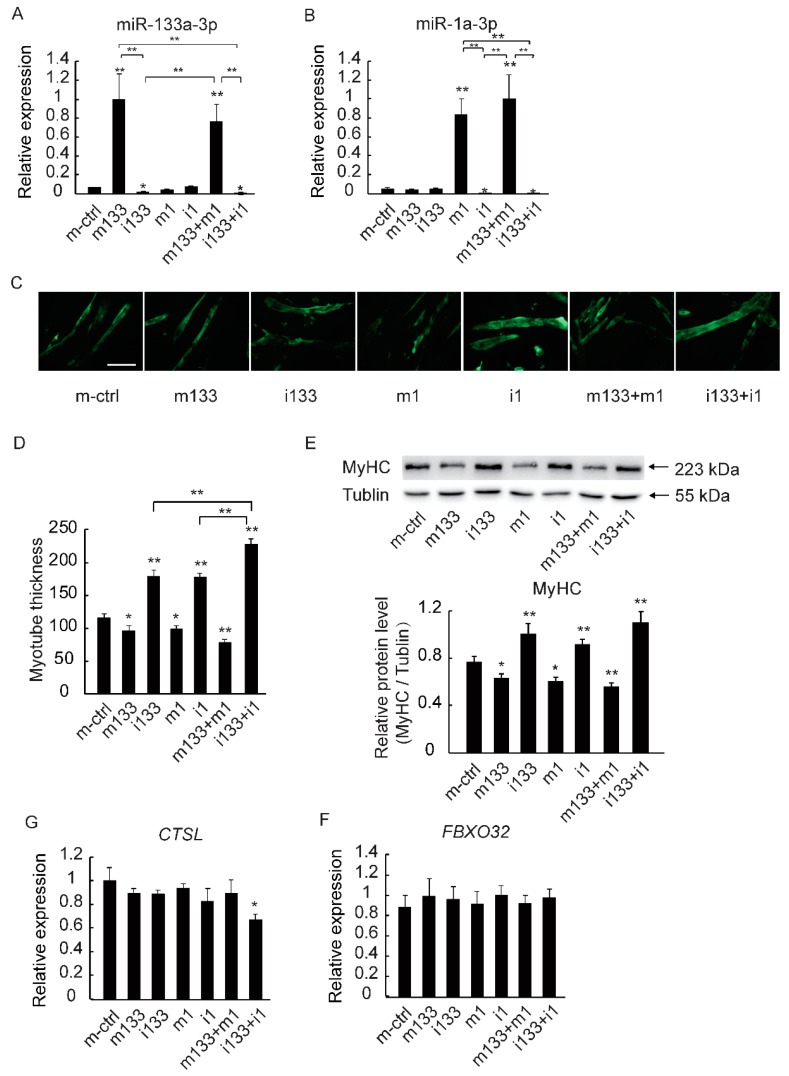
By suppressing specific microRNAs, GAA unleashes MyHC production – the protein that makes muscles bigger. Guanidinoacetate enhances performance molecularly![17]
The results were striking: while 55.6% of participants taking GAA alone developed hyperhomocysteinemia (elevated homocysteine above normal levels), zero participants in the GAA-plus-methyl-donors group experienced this dangerous side effect.[20] Both groups achieved similar increases in serum creatine (around 50%), but the combination approach eliminated the cardiovascular risk factor that had concerned regulators.
-
Real-World Homocysteine Results: Even Better Than Expected
The most recent major finding came from the 2024 post-marketing surveillance study of CreGAAtine, which tracked 38 healthy adults (average age 28.7 years, 65.8% male) taking the commercial formula for six months. Consider this a "six-month real-world study". Instead of the expected homocysteine elevation, researchers observed the opposite: homocysteine levels actually decreased over time.[21]
Starting from an average baseline of 11.6 μmol/L, homocysteine levels dropped progressively to 10.4 μmol/L after one month, 10.1 μmol/L after three months, and 9.3 μmol/L after six months -- a statistically significant 20% reduction from baseline.[21] Even more impressive, the number of participants with hyperhomocysteinemia dropped from four at baseline to just two at the six-month follow-up.
The safety profile was remarkably clean. No serious adverse events occurred, and only three participants (7.9%) reported any side effects: one woman experienced transient nausea, one man had gastrointestinal disturbances after evening doses, and one man reported a prostate issue at the final visit that researchers deemed unrelated to supplementation. Importantly, no participants discontinued the study due to adverse events, and treatment compliance remained high at 91.4%.[21]
This phenomenon aligns with earlier research on GAA-creatine combinations showing modest homocysteine increases, though they remain within normal ranges. In a 2021 study of eight healthy adults taking a GAA-creatine mixture (2g each daily) for 28 days, total plasma homocysteine increased by 25% (from 9.3 μmol/L to 11.6 μmol/L) with no cases of hyperhomocysteinemia and all values remaining well below the 15 μmol/L threshold for concern.[22]
Your brain has multiple barriers, and GAA uses different transporters than creatine to sneak through. Notice how guanidinoacetate can use both SLC6A8 and the taurine transporter (TauT) – that's like having two different keys![3]
So the combination of GAA and creatine helps, but adding the folate and B-vitamins helps even more. And if you're supplementing betaine and choline (most pre-workout supplements have at least one of these, and many have both), you're in even better shape.
-
Safety in Elderly Populations
A 2021 pilot study in elderly participants provides crucial safety data for an age group that might be more vulnerable to GAA's effects. This randomized, double-blind, placebo-controlled crossover trial evaluated 21 healthy older adults (average age 69.6 years) taking a GAA-creatine mixture for eight weeks.[5]
No participants reported any side effects during either the active treatment or placebo periods. The only notable change in safety biomarkers was a 19.3% increase in serum creatinine (compared to 14.3% with placebo), but no participants experienced clinically significant elevations above the reference ranges.[5] This slight increase is expected with higher creatine availability and does not indicate impaired kidney function.
That's especially reassuring for older adults, who often have lower kidney function and may worry about creatinine-related side effects
-
Additional Safety Markers
Beyond homocysteine and basic safety markers, GAA-creatine combinations appear to have minimal impact on other health indicators. The Semeredi 2019 trial found no participants developed hyperhomocysteinemia or elevated serum creatinine above reference ranges when comparing GAA-creatine mixtures to creatine alone.[8]
The long-term surveillance study found that clinical enzymes and other safety biomarkers remained within normal ranges throughout the six-month observation period, providing confidence that CreGAAtine doesn't adversely affect liver function, inflammation markers, or other health indicators.[21]
Efficacy in Combination
With safety well-supported, the question becomes: does CreGAAtine still perform?
-
Enhanced Tolerability Without Compromising Benefits
The addition of B-vitamins and creatine to GAA not only improves safety but appears to enhance overall tolerability while maintaining performance benefits. The 2013 study comparing GAA alone versus GAA with methyl donors found that adverse event rates dropped from 33.3% with standalone GAA to just 10% with the combination approach.[20]
Unlike some compounds, GAA exits your brain efficiently. Within an hour, most guanidinoacetate is cleared – no dangerous buildup.[15]
Both formulas increased serum creatine by approximately 50%, but the combination approach achieved this with dramatically improved safety and tolerability. The researchers noted that average homocysteine levels in the combination group remained below 7 μmol/L throughout the study -- well within the normal range.
-
Maintained Performance Benefits, But Less Weight Gain?
GAA-creatine combinations preserve the performance advantages that make GAA attractive while addressing its drawbacks. The 2019 trial found that GAA-creatine combinations led to greater upper body strength gains than creatine alone (6.0% vs. 5.1% improvement in bench press), though less gains in lower body strength.[8] The study also revealed other noteworthy differences between the two formulas:
Interestingly, the combination resulted in less weight gain compared to creatine alone (0.7 kg vs. 1.6 kg), which many athletes would consider advantageous. The mechanism isn't fully understood, but researchers theorize that GAA may have lower water-binding capacity due to its molecular structure compared to creatine.
-
Superior Tissue Creatine Enhancement
The same 2019 study used magnetic resonance spectroscopy to directly measure brain and muscle creatine levels, finding that GAA-creatine combinations outperformed creatine alone for tissue creatine content.[8]
This finding is crucial because tissue creatine enhancement -- not blood levels -- ultimately determines the functional benefits of supplementation. The ability to achieve superior tissue delivery while maintaining safety represents the core value proposition of CreGAAtine-style formulations.
What to Beware: Separating Science from Speculation
While GAA shows promise as a creatine enhancer, there are other criticisms found in animal research that need to be discussed.
Recapping the Homocysteine Problem and Its Solution
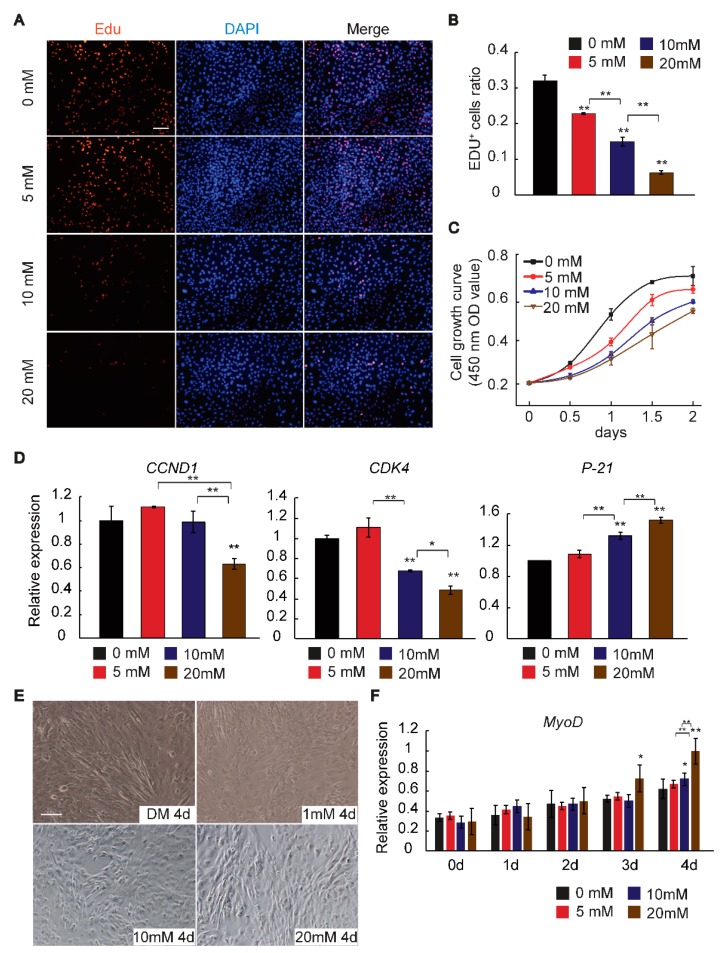
GAA helps muscle cells multiply and mature properly. Guanidinoacetate actively supports the entire muscle development process at cellular level.[17]
FirstDiscussed in detail above, the most significant risk with GAA supplementation is homocysteine elevation, but this concern appears to be largely addressed by proper formulation strategies with added creatine, folate, and B-vitamins described above,[6][20] while added choline and betaine may also help.[19]
However, there's another issue spotted in early research:
The Neurotoxicity Question: Laboratory Fears vs. Human Reality
Beyond homocysteine elevation, some researchers have raised concerns about GAA's potential neurotoxicity based on laboratory studies. However, it's important to note that those studies used methods that bypass the body's natural protections (like direct brain injection). But do these laboratory findings translate to real-world risks at supplement doses?
-
Laboratory and Animal Concerns
The neurotoxicity concerns surrounding GAA stem from early laboratory evidence, but critically, these studies used direct brain injections or isolated brain tissue, not oral administration!
First, Neu 2002 demonstrated that GAA activates GABA-A receptors in isolated brain tissue and cell cultures, but it activated GABA-A receptors in brain cells at concentrations far higher than would ever be reached with oral supplementation.[23] The concentrations were 100-300 times higher than those achieved through dietary supplementation.
The Zugno research series (2003-2008) also provided additional mechanistic concerns, but used intrastriatal injection (direct injection into brain tissue), showing that GAA could:
- Inhibit Na+/K+-ATPase activity by 60% in rat striatum, potentially leading to cellular excitotoxicity[24]
- Impair glutamate uptake in brain tissue, which could disrupt normal neurotransmitter balance[25]
- Disrupt brain enzyme systems through oxidative stress mechanisms[26]
However, direct brain injection bypasses the body's natural protections, and doesn't reflect what happens with oral supplements.
-
Human Reality: A Different Story
GAA gets into brain tissue fast – but presence of other compounds can block guanidinoacetate uptake. This competitive transport explains timing importance.[15]
Human evidence reveals a much different picture when GAA is taken orally:
Ostojic 2017 directly tested the brain accumulation hypothesis to measure GAA levels across 12 brain regions in healthy men taking oral GAA up to 60 mg/kg body weight daily for 8 weeks. The results were reassuring: "GAA levels remained essentially unchanged at eight-week follow-up when averaged across twelve white and grey matter locations."[9]
Blood-brain barrier protection studies by Braissant 2012 and Tachikawa 2009 revealed sophisticated transport kinetics that naturally limit GAA brain accumulation at physiological doses, with GAA efflux mechanisms preventing dangerous accumulation.[3][15]
Finally, the real-world safety data from Ranisavljev 2024's post-marketing surveillance found no cognitive adverse events among 38 adults using oral CreGAAtine for six months, with only 7.9% experiencing any side effects (primarily mild gastrointestinal issues).[21]
The key insight: The route of administration matters enormously! Laboratory neurotoxicity from injection occurs at GAA concentrations 100-300 times higher than those achieved through oral supplementation. Direct brain injection bypasses natural protective mechanisms that prevent dangerous GAA accumulation when taken orally.
Individual Variation Factors: Who Might Respond Differently
-
Methylation Status
Individuals with genetic variants affecting methylation pathways may have different responses to GAA:
- MTHFR variants affect folate metabolism and could influence homocysteine recycling capacity during GAA supplementation
- Baseline methyl donor status from diet or other supplements may affect tolerance and optimal dosing strategies
-
Response vs. Non-Response Patterns
Research suggests GAA responsiveness varies significantly among individuals:
- Ostojic 2020 found that 80% of participants responded to GAA with >10% increases in muscle creatine, while 13.3% failed to respond meaningfully[16]
- Non-responders had significantly higher baseline creatine levels, suggesting GAA may be most beneficial for individuals with suboptimal creatine status
-
Age and Gender Considerations
- Elderly populations showed enhanced responsiveness to GAA in the Seper 2021 study, with superior brain and muscle creatine increases compared to younger adults.[5]
- Gender-specific effects remain understudied, with most research conducted in predominantly male populations
-
Baseline Creatine Status
- Vegetarians and supplement-naive individuals may show greater responsiveness due to lower baseline creatine stores
- Chronic creatine users might benefit from GAA's alternative transport mechanisms when traditional creatine uptake reaches saturation
Regulatory Perspective: What the Authorities Say
-
EFSA 2022 Assessment: Use in Animal Feed
The European Food Safety Authority's comprehensive evaluation for animal feed applications provides important safety insights:
- GAA at 1,200 mg/kg feed was deemed safe for chickens, piglets, and pigs for fattening[27]
- No environmental safety concerns were identified, with GAA being a naturally occurring molecule
- User safety profile was acceptable: GAA was not toxic by inhalation, not an irritant to skin and eyes, and not a dermal sensitizer
- Key recommendation: "Maximum safe levels are derived under the assumption that the feed contains sufficient amounts of methyl donors (other than methionine, e.g. choline, betaine and folic acid) and vitamin B12"
-
FDA's Current Stance
Following the 2013 NDIN 775 rejection, the FDA has not issued additional formal guidance on GAA for human consumption, but the rejection letter's concerns centered on homocysteine elevation -- precisely what modern formulations like CreGAAtine address through B-vitamin co-administration.
-
International Regulatory Status
GAA remains in regulatory limbo for human consumption in most other jurisdictions, though its approval for animal feed applications provides a foundation of safety data that could inform future human applications.
The Bottom Line on Safety
The evidence suggests that properly formulated GAA products address the main risk (homocysteine elevation) while theoretical neurotoxicity concerns lack human validation at physiological doses. However, this doesn't mean GAA is 100% risk-free -- it's clearly a more complex supplement requiring careful formulation and potentially individualized approaches and risk tolerance.
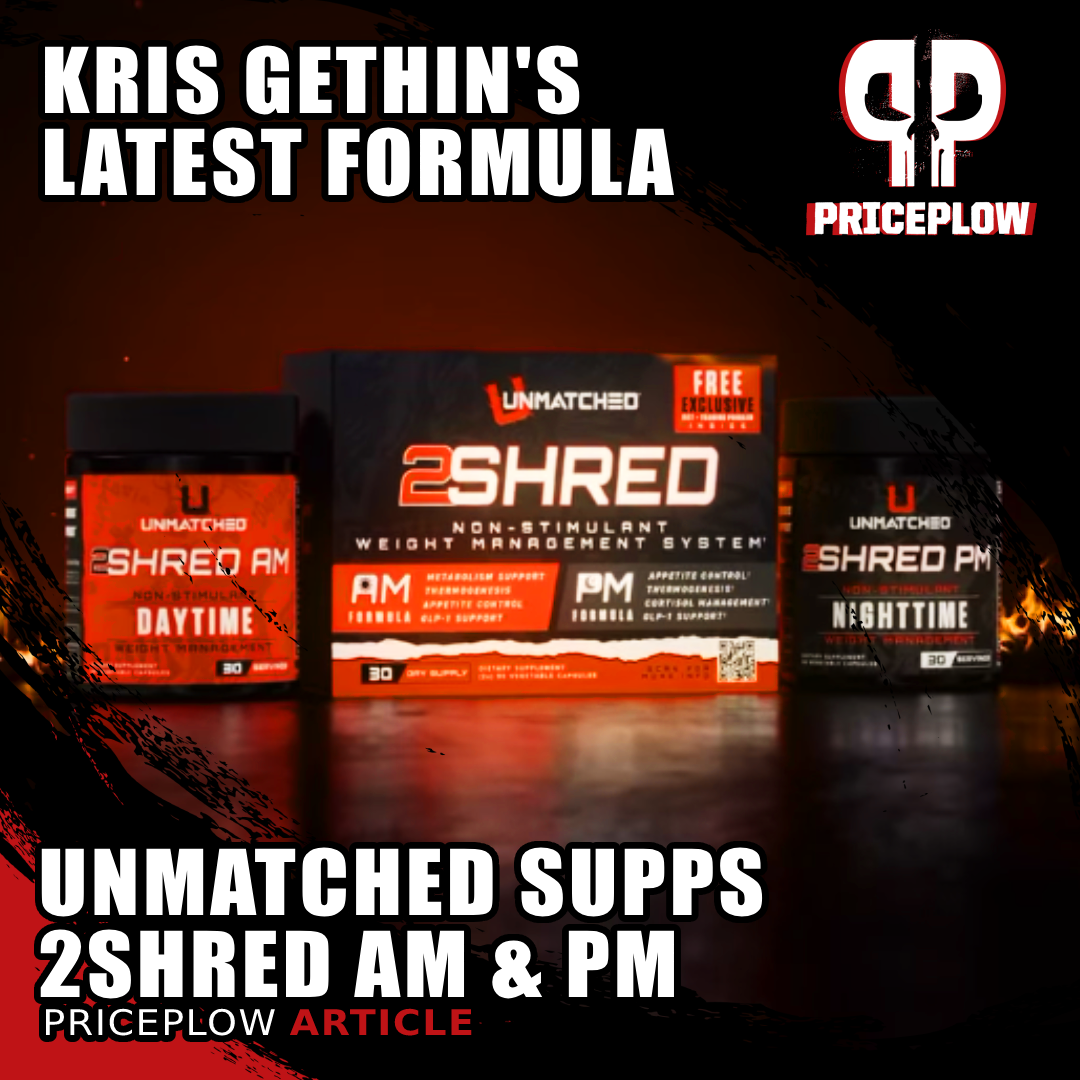
The Unmatched 2SHRED System offers stimulant-free 24-hour weight management with separate AM/PM formulas. Founded by Kris Gethin and Doug Miller, this system works around the clock without artificial ingredients.
The key safety principle: GAA should never be used alone, but rather in combination with appropriate methyl donors and B-vitamins, as demonstrated in products like CreGAAtine.
Dosing Guidelines
The most successful studies have used 2-4 grams daily of combined GAA and creatine, split into two doses and taken with appropriate B-vitamin support.
The post-marketing surveillance study used the commercial CreGAAtine formula providing 2 grams each of GAA and creatine daily, taken as one sachet morning and evening. This protocol achieved excellent compliance (91.4%) and demonstrated long-term safety while providing functional benefits.[21]
The split-dosing approach appears important for both tolerability and absorption. The 2013 methyl donor study used the same strategy (1.2g GAA twice daily) and found it well-tolerated with high compliance.[20]
Again, never use GAA alone - always combine with methyl donors and B-vitamins.
Who Should Avoid GAA
Contraindications:
- Pregnant or breastfeeding women - reproductive safety studies not performed
- Children and adolescents (<18 years) - insufficient safety data
- Cardiovascular disease - due to homocysteine elevation risks with improperly formulated products
- Kidney disease - kidneys are primary site of GAA synthesis[21]
Risk Factors:
- MTHFR genetic variants - may affect methylation capacity and homocysteine processing
- B-vitamin deficiencies - could exacerbate methylation stress
- History of hyperhomocysteinemia - requires medical supervision
- High-dose methionine supplements - may overload methylation pathways
Conclusion: Making an Informed Decision
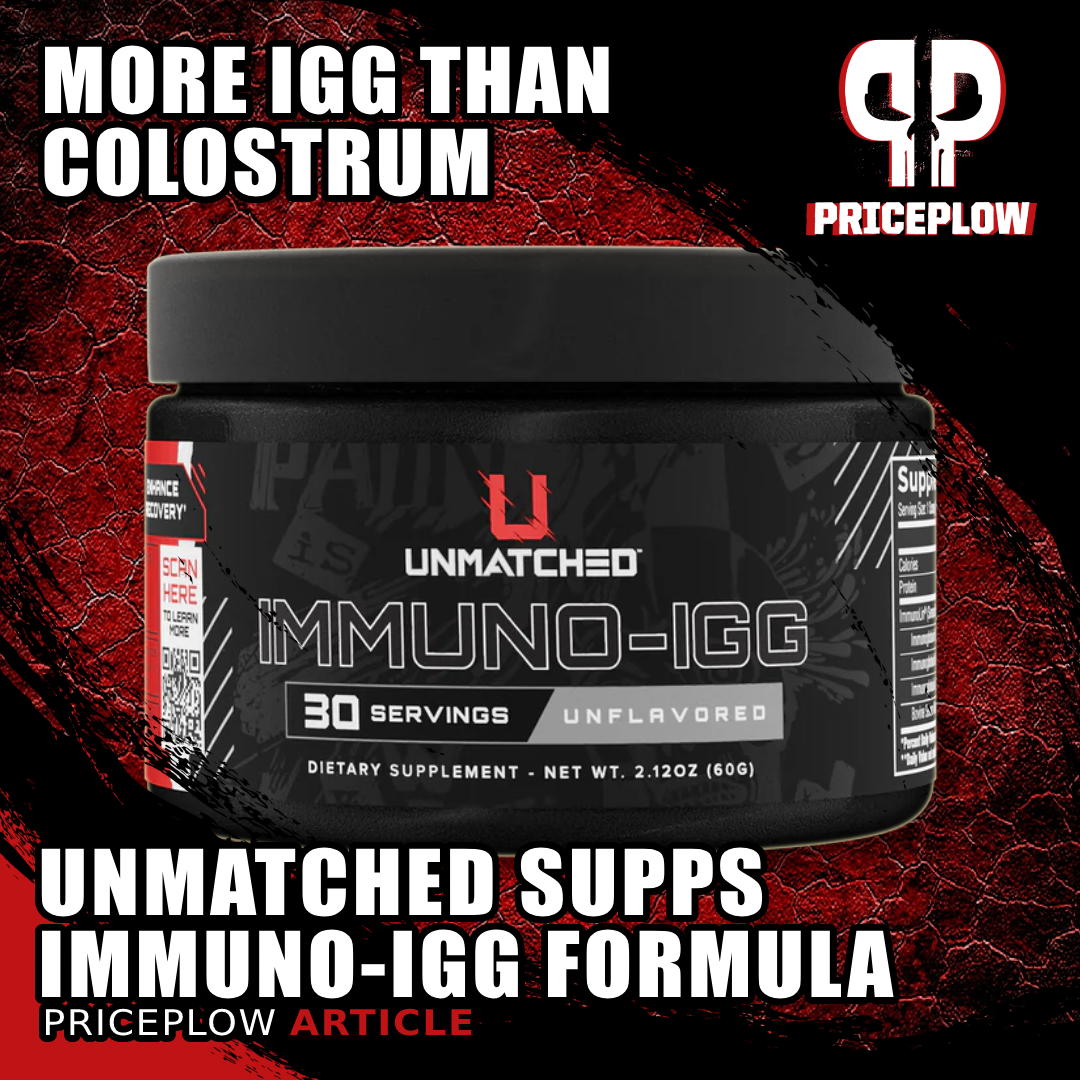
Unmatched Supps Immuno-IGG delivers powerful gut support with 50% immunoglobulin G content -- significantly higher than typical colostrum supplements. This dairy-free formula strengthens intestinal barrier function for better training recovery and overall performance.
It's important to acknowledge that a great deal of the human data on GAA supplementation (especially involving performance and brain-related outcomes) comes primarily from a single research group led by Dr. Sergej M. Ostojic, who very clearly has a financially-vested interest in the ingredient.
Though the body of work is extensive and peer-reviewed, this concentration of authorship limits the diversity of methodology and independent replication. As with all emerging ingredients, broader, multi-center studies would improve confidence in generalizability and long-term safety.
With that said, GAA is one of the most scientifically-interesting supplement developments in recent years. After diving deep into the research, regulatory history, and real-world evidence, a clearer picture has emerged showing both the promise and potential pitfalls of this creatine precursor.
The available data tells a very interesting story. Six months of real-world surveillance demonstrates that properly formulated GAA-creatine combinations are well-tolerated, with homocysteine levels actually decreasing rather than increasing when appropriate B-vitamins are included.[21] Multiple controlled trials show superior tissue creatine delivery compared to creatine alone, with meaningful performance improvements particularly in upper body strength and functional mobility in older adults.[8]
Who This Actually Benefits
The most important insight from GAA research is that it's still not universally beneficial. About 13% of users don't respond meaningfully to GAA supplementation, typically those with already high baseline creatine levels.[16] This suggests GAA works best for individuals who aren't already saturated with creatine -- older adults, vegetarians, supplement-naive individuals, or those who don't respond well to traditional creatine loading.
The elderly population shows promising results, with enhanced brain and muscle creatine accumulation compared to younger adults. This age-specific benefit may reflect lower baseline creatine stores and more favorable transport kinetics in older individuals.
CreGAAtine and the GAA Formulation Revolution

Unmatched Supps Longevity Test targets testosterone optimization through 8 clinically-dosed ingredients. KSM-66 Ashwagandha, Furosap, Tongkat Ali, and apigenin work together to support natural test production while managing cortisol and estrogen.
The most important lesson from GAA's development is how regulatory rejection sparked innovation. The FDA's 2013 rejection of standalone GAA wasn't the end of the story... it was the catalyst for better science. Modern formulations like CreGAAtine address the homocysteine elevation that concerned regulators by including targeted B-vitamins that support methylation pathways.
The amount of research conducted shows a serious shift from "throw it in a capsule and hope for the best" to well-tested biochemistry. The result is a product that preserves GAA's unique advantages while mitigating its primary risk.
The Creatine Context
On the other hand is the reality that every GAA discussion must acknowledge: creatine monohydrate isn't broken. It remains one of the most effective, well-researched, and cost-effective supplements available. GAA isn't positioned as a replacement for creatine but as an optimization strategy for those seeking to maximize creatine system enhancement beyond what traditional supplementation provides.
For most people, especially those new to supplementation, creatine monohydrate delivers excellent results with minimal complexity. GAA enters the conversation for advanced users who want to push beyond the basics. We're talking about the biohackers, competitive athletes, older adults seeking cognitive benefits, or individuals who haven't achieved desired results with standard creatine protocols.
What We Still Don't Know
While the available evidence is encouraging, gaps still remain. Long-term effects beyond six months haven't been studied. We don't know the optimal GAA-to-creatine ratios for different populations, whether additional methyl donors provide synergistic benefits, or why some individuals don't respond to GAA supplementation.
Gender-specific effects remain understudied, with most research conducted in predominantly male populations. The interaction between GAA supplementation and genetic variants affecting methylation (like MTHFR polymorphisms) deserves investigation.
The Bottom Line
CreGAAtine is a scientifically-backed evolution in creatine supplementation, but it's clearly not for everyone. The complexity of proper formulation, the need for B-vitamin support, and the higher cost compared to basic creatine make this an advanced option requiring careful consideration and research.
Consider GAA if you're:
- An experienced supplement user comfortable with complex formulations with no methylation issues
- Someone who hasn't achieved desired results with creatine monohydrate
- A healthy older adult seeking both muscle and cognitive benefits
- A competitive athlete looking to optimize beyond the basics
Stick with creatine monohydrate if you're:
- New to supplementation
- Achieving good results with basic creatine
- Looking for the most cost-effective option
- Generally conservative or uncomfortable with the complexity of GAA formulations
The future of GAA likely lies in continued research, regulatory approval, and identification of specific populations who benefit most. As research expands beyond a single laboratory and long-term studies emerge, our understanding of GAA's role in human nutrition will undoubtedly evolve.
For now, GAA stands as a testament to how regulatory setbacks can drive scientific innovation, transforming a promising but problematic compound into a sophisticated nutritional tool for those willing to navigate its complexity.
Subscribe to PricePlow's Newsletter and Alerts on These Topics
Unmatched Supps CreGAAtine – Deals and Price Drop Alerts
Get Price Alerts
No spam, no scams.
Disclosure: PricePlow relies on pricing from stores with which we have a business relationship. We work hard to keep pricing current, but you may find a better offer.
Posts are sponsored in part by the retailers and/or brands listed on this page.
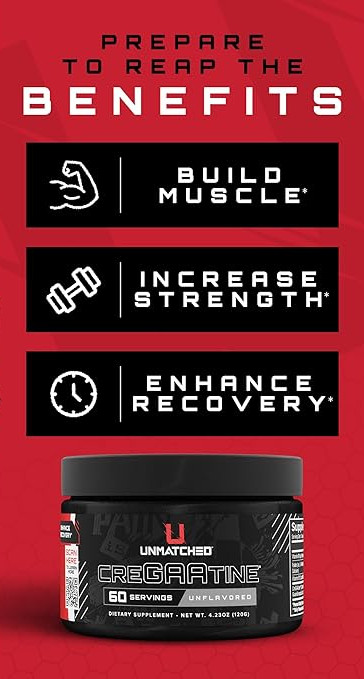
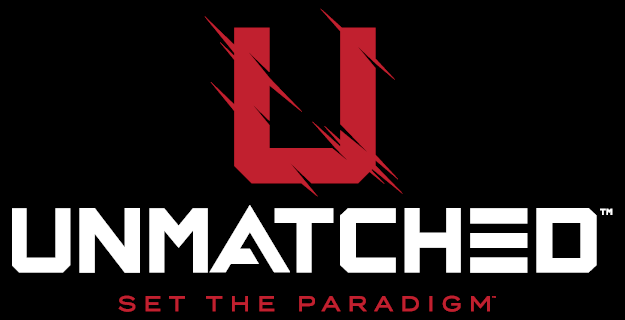
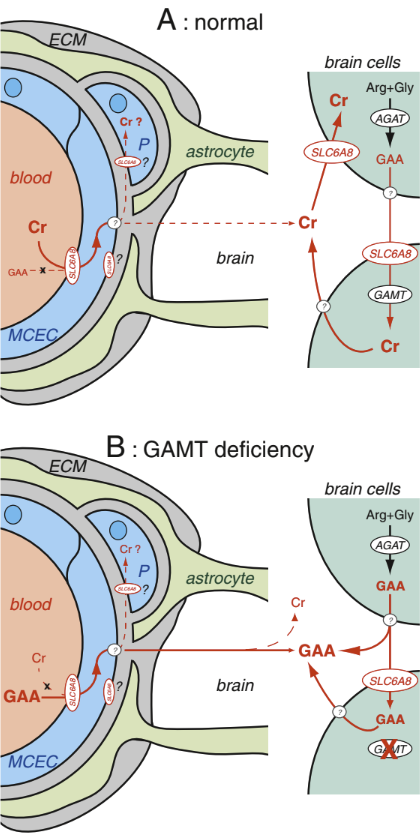
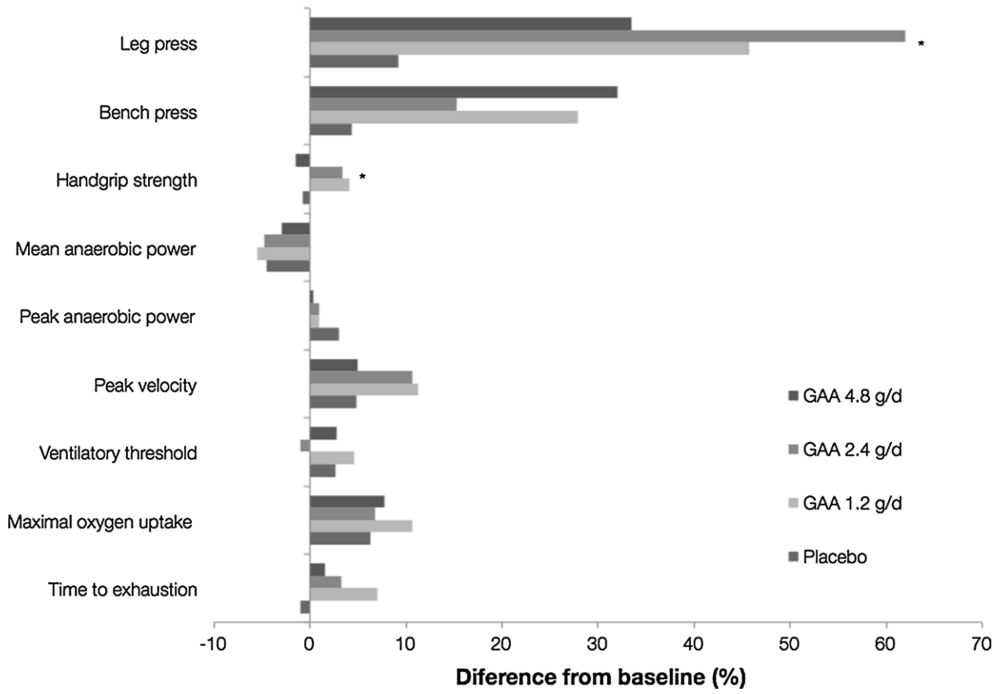
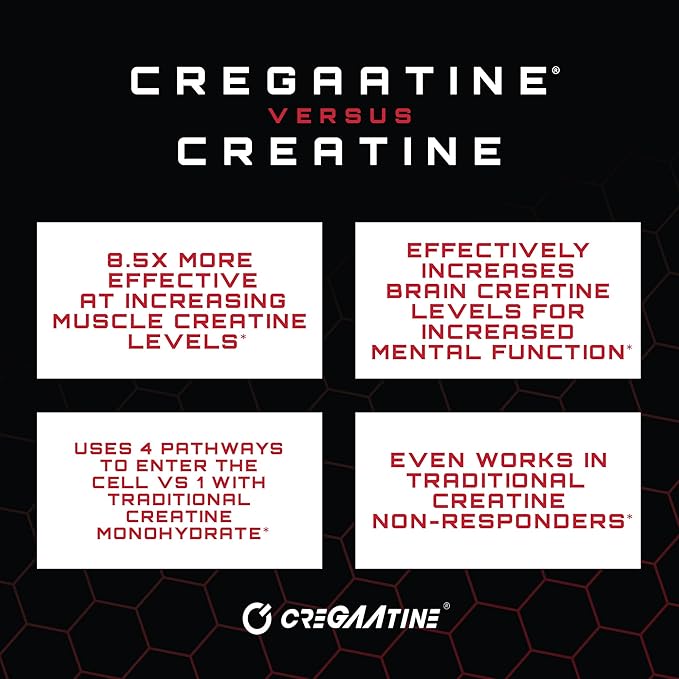

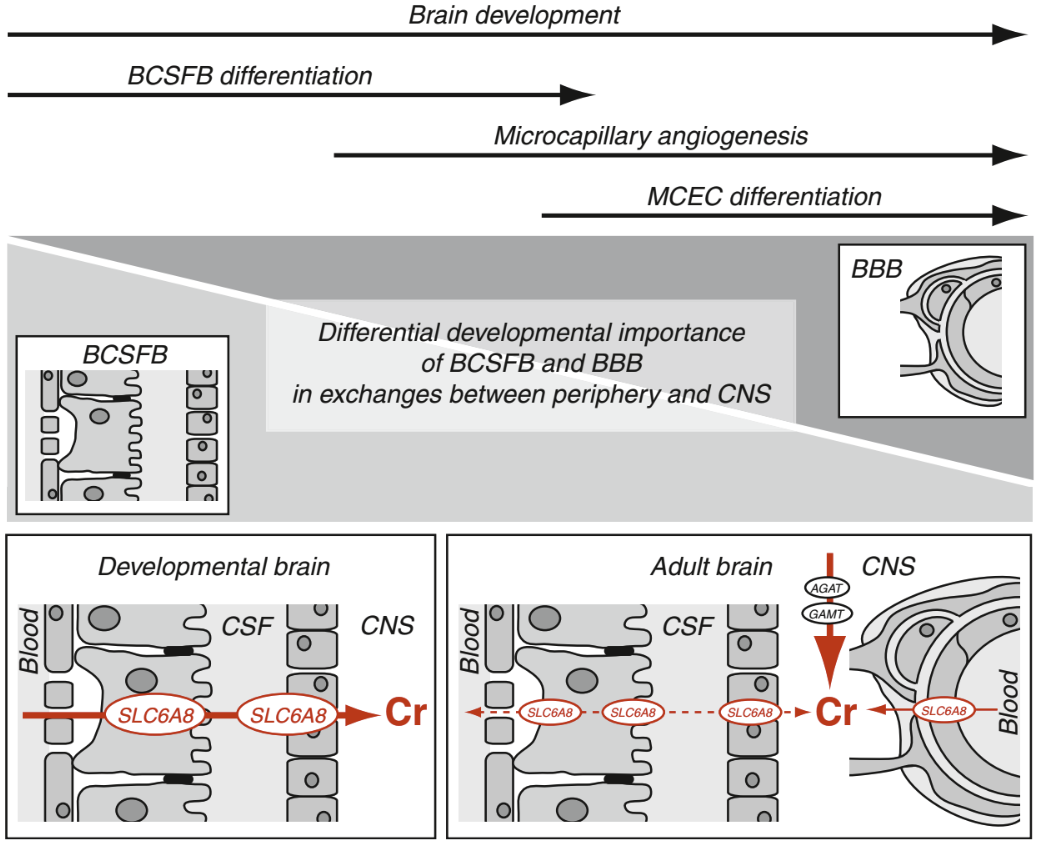
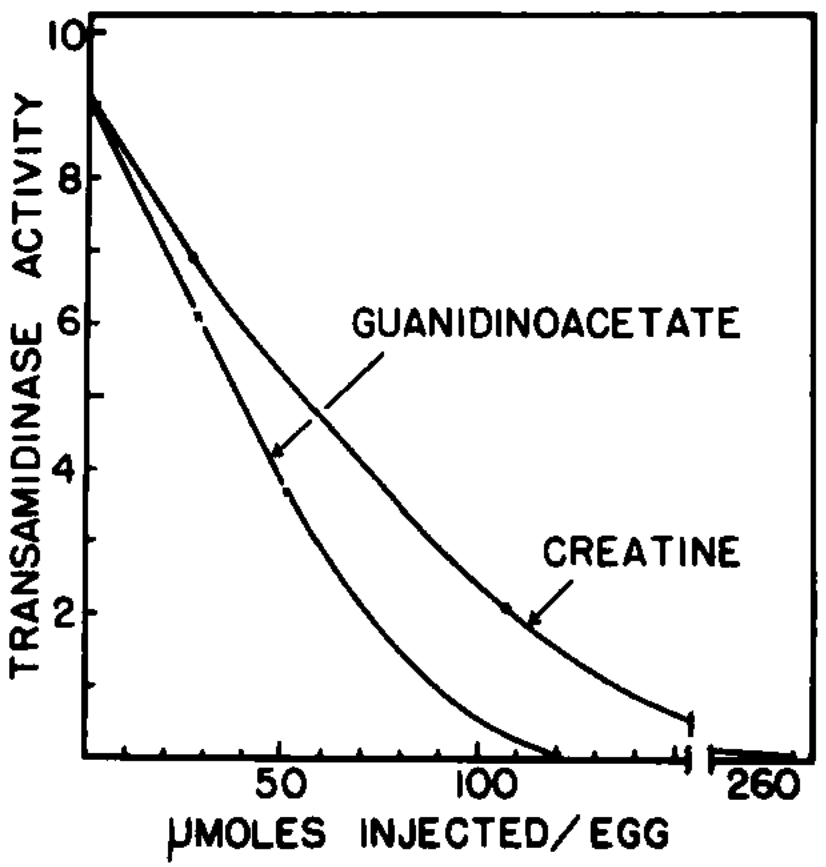
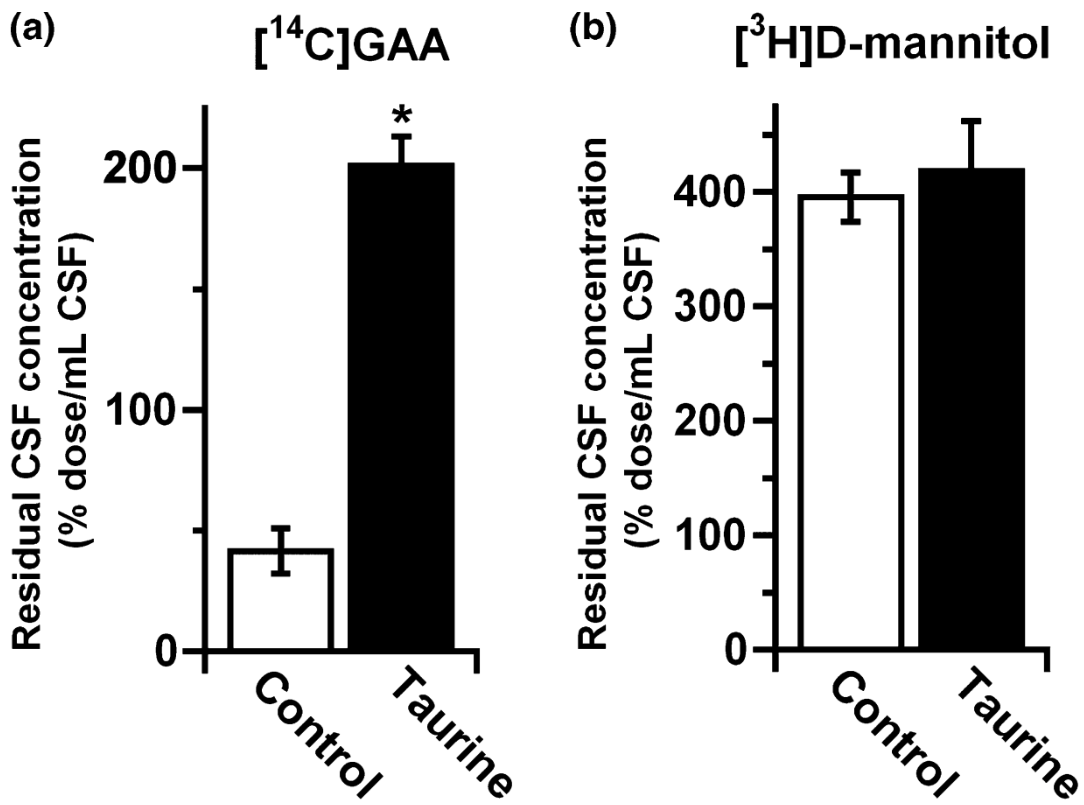
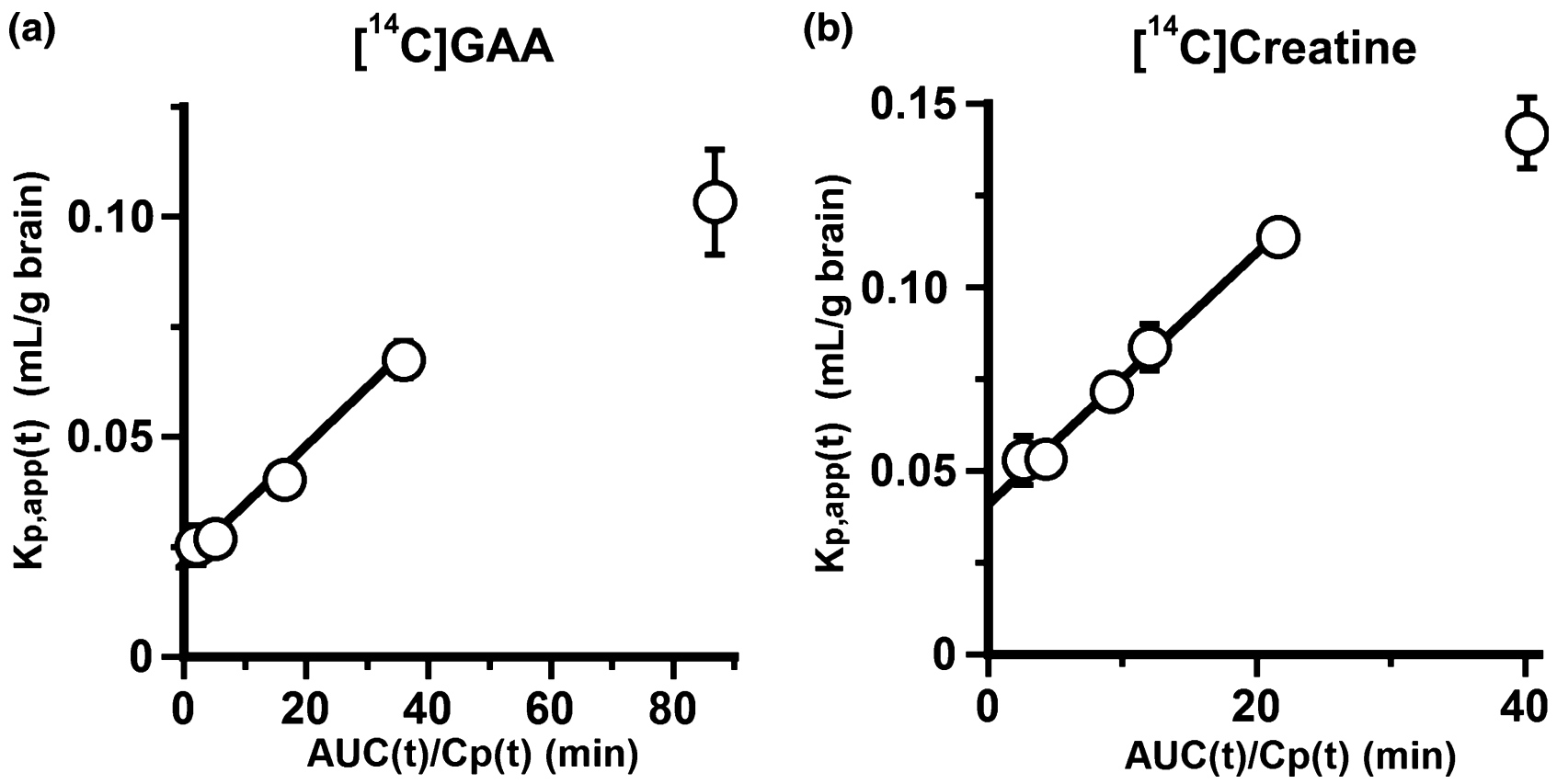
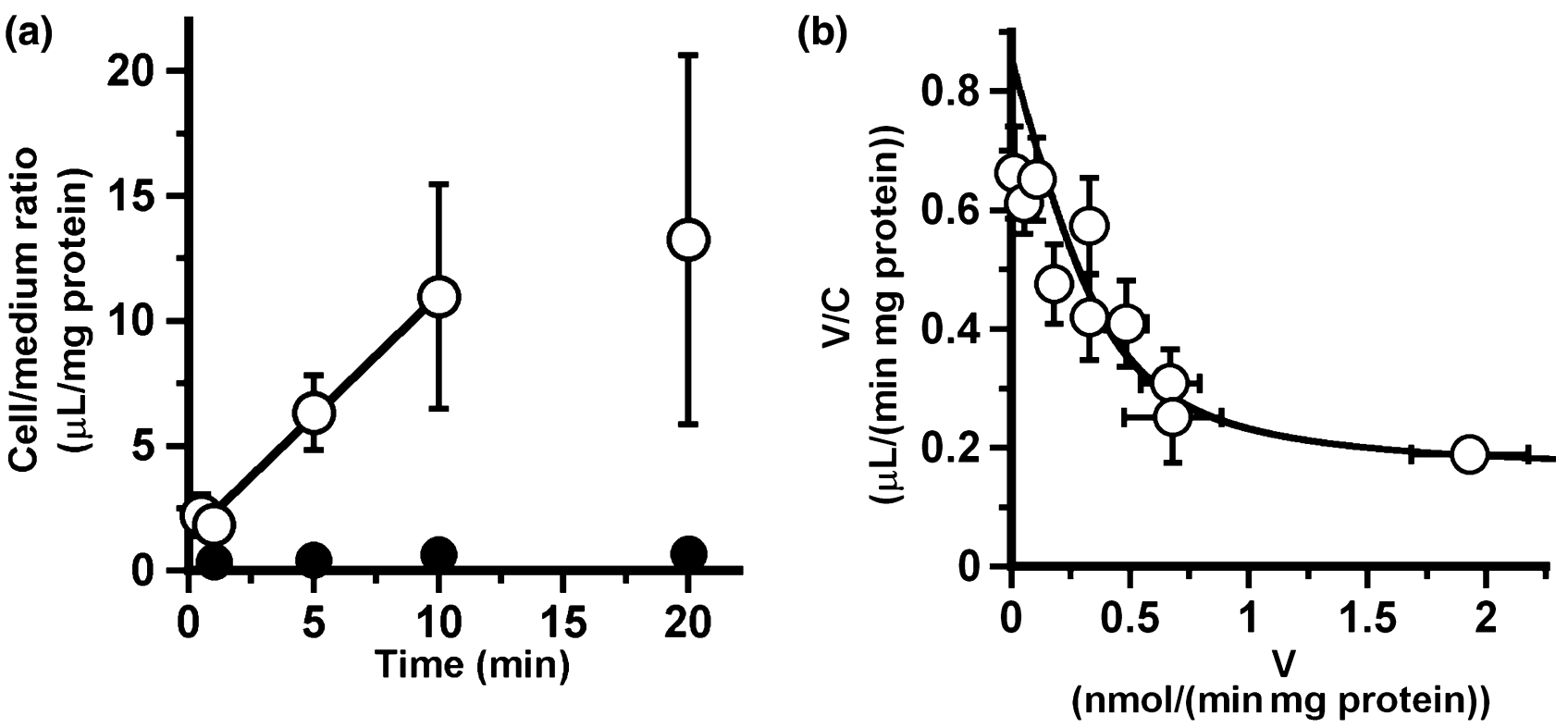
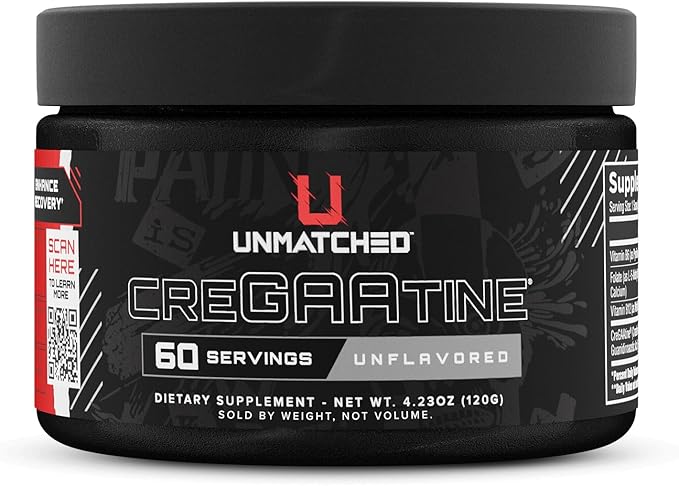
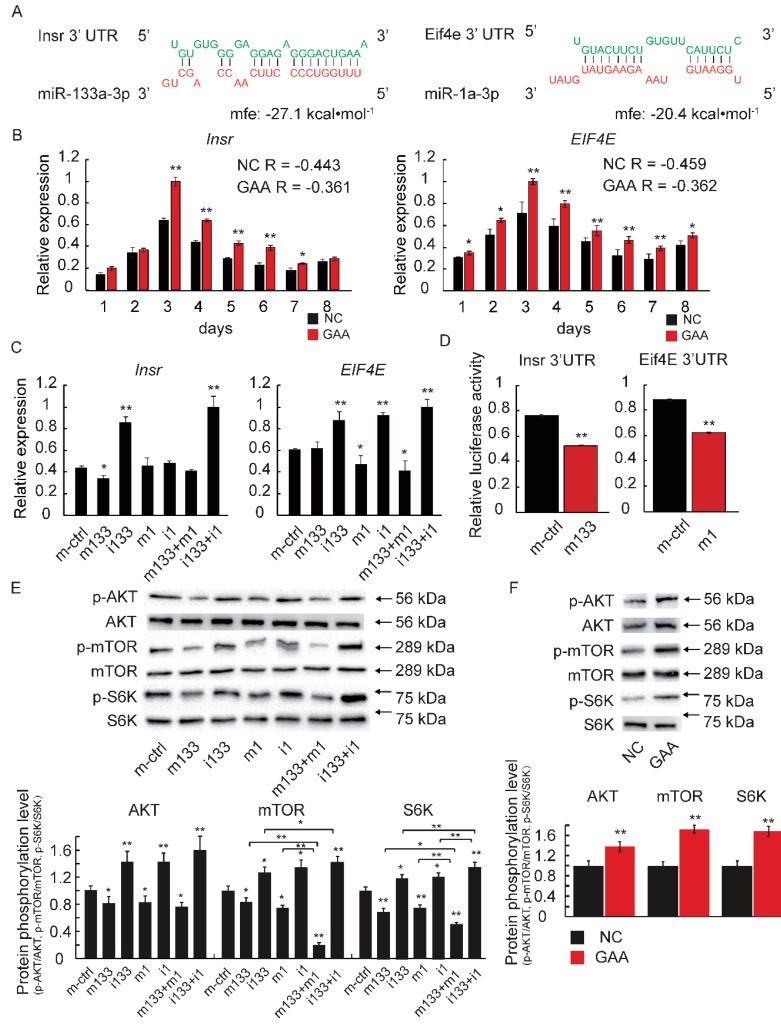
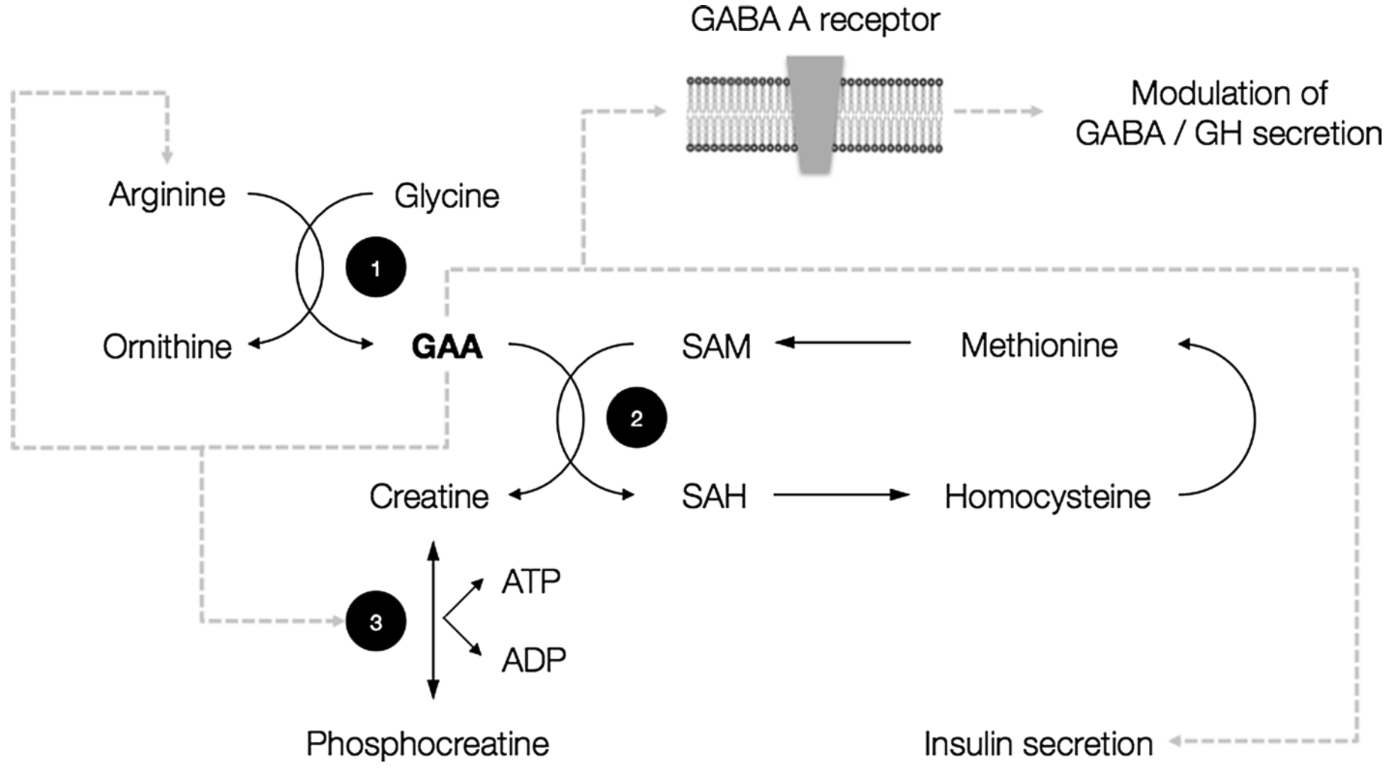
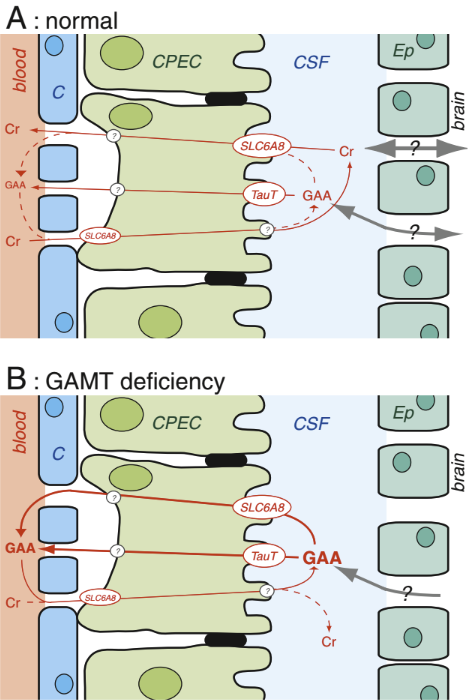
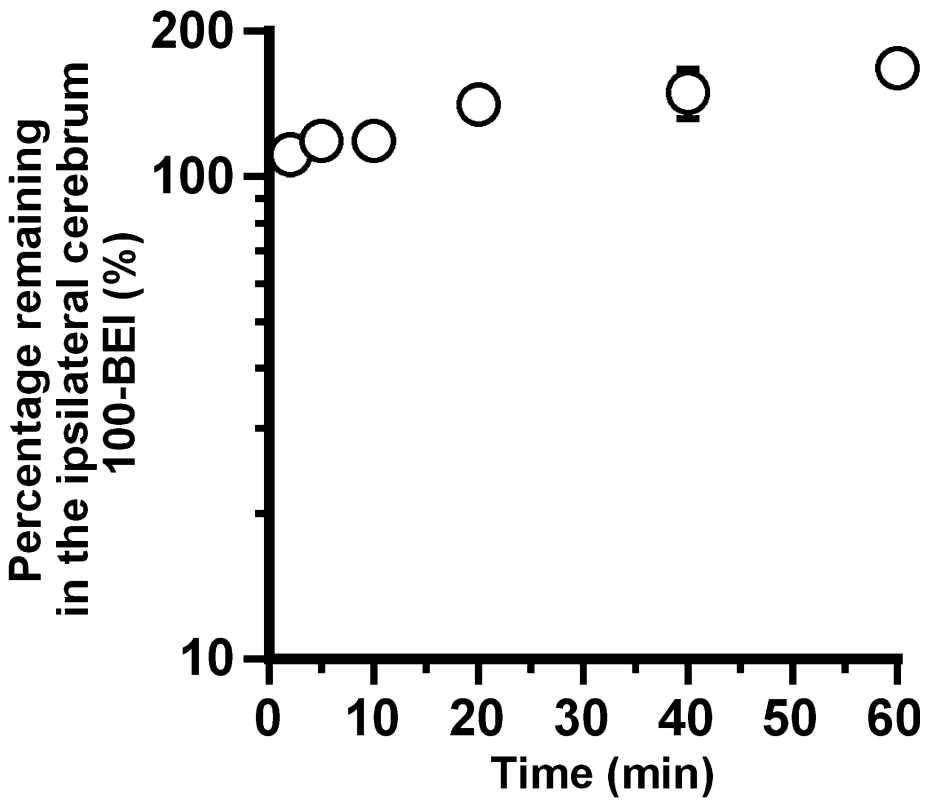
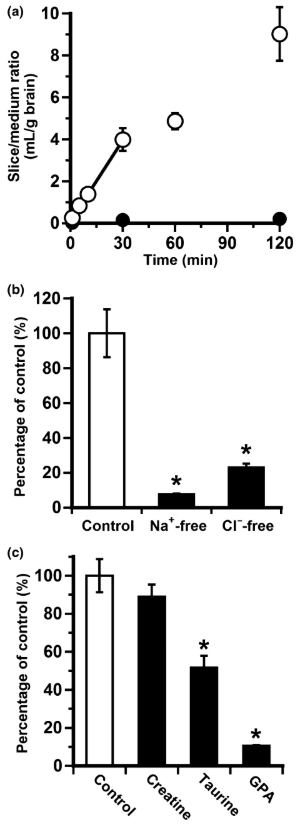
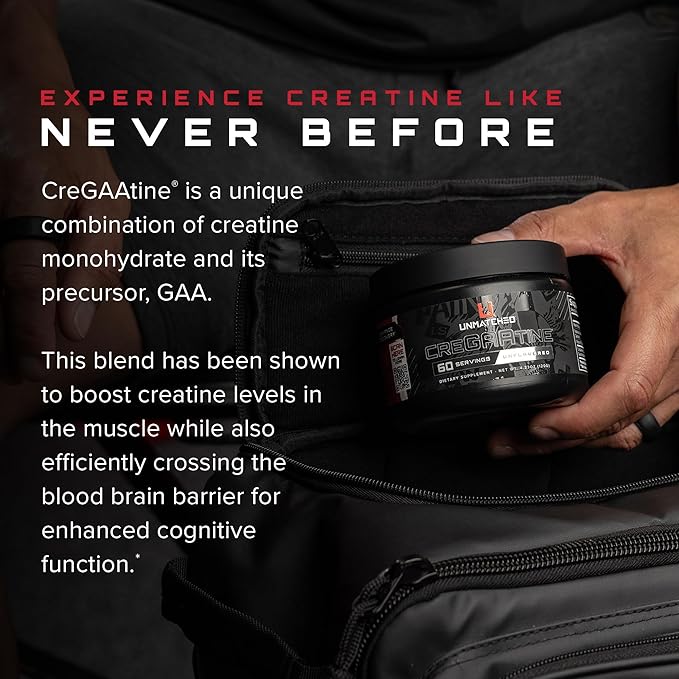
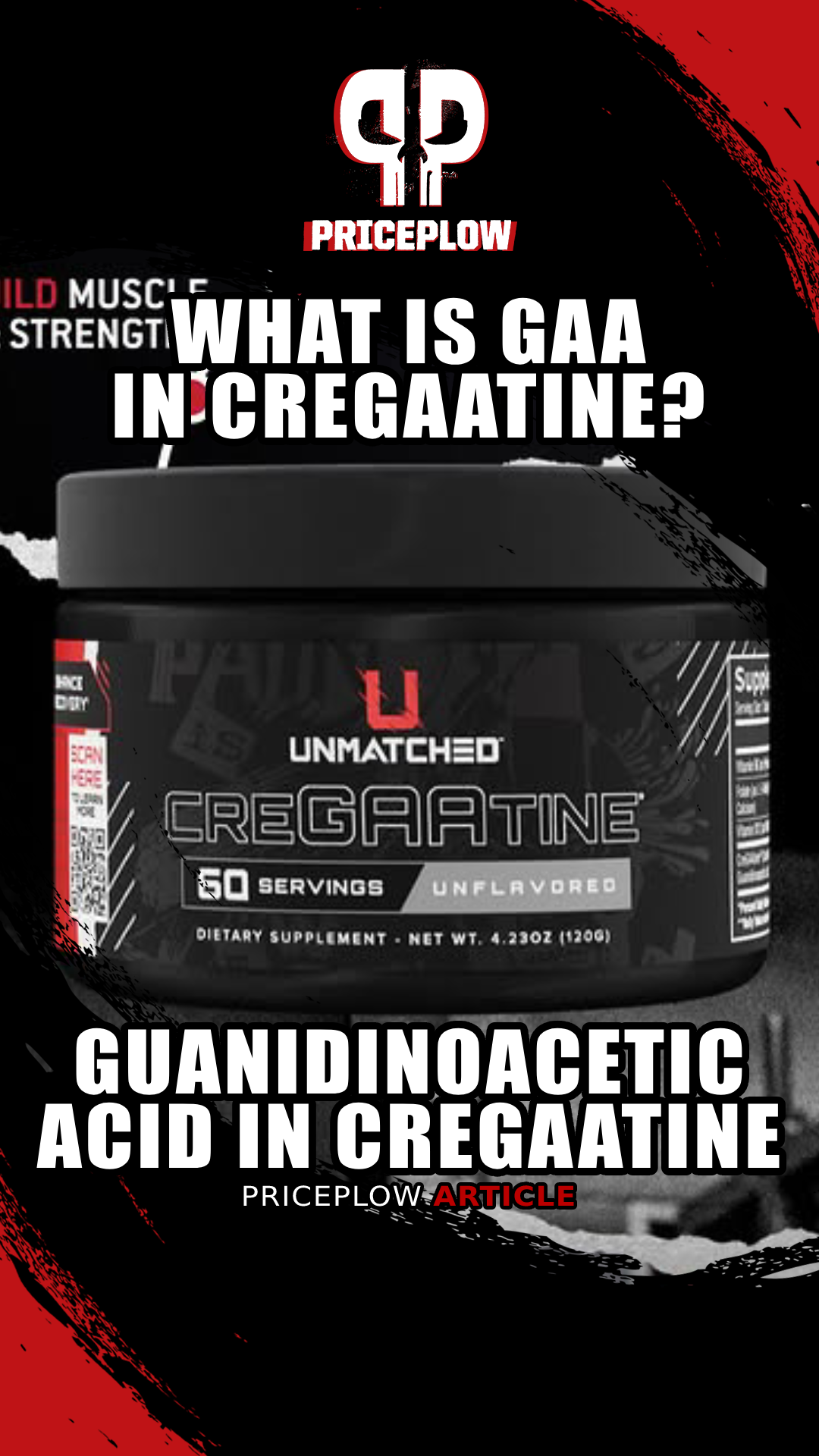

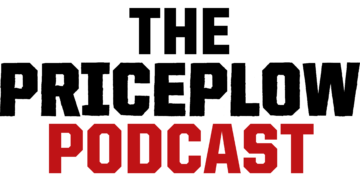
Comments and Discussion (Powered by the PricePlow Forum)